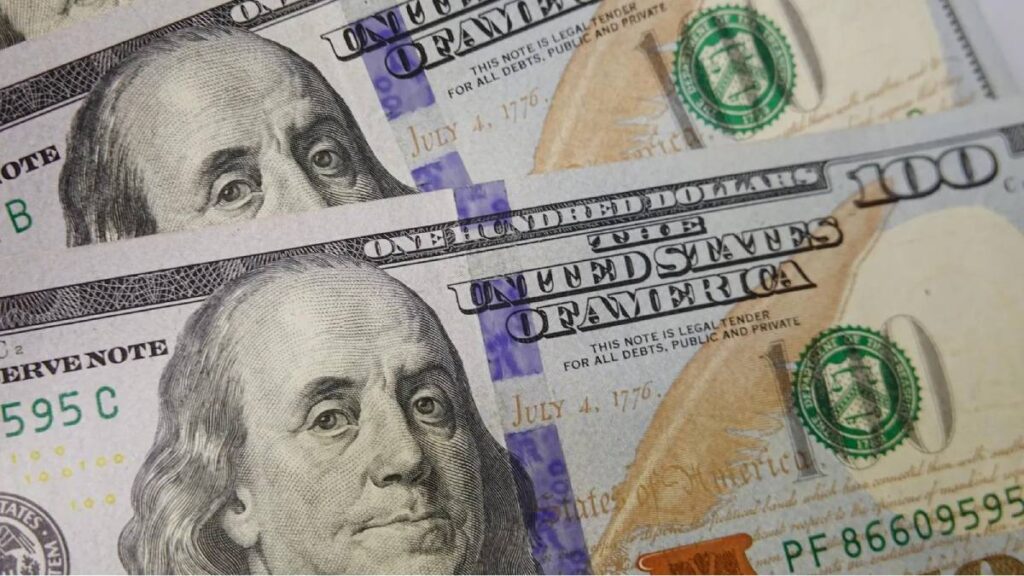The latest data from the International Monetary Fund (IMF) reveals a decline in the dollar’s share in global central-bank reserves during the third quarter, signaling a shift in the currency composition. The greenback’s portion dropped to 59.2% from a revised 59.4% in the preceding quarter, marking its lowest level since the fourth quarter of the previous year. Simultaneously, the Japanese yen saw an uptick in its share, rising to 5.5% from 5.3%.
The euro also experienced a marginal decrease, slipping to 19.6% from 19.7%. Conversely, the shares of the Chinese yuan, the British pound, the Australian and Canadian dollars, and the Swiss franc remained relatively stable. Notably, a category encompassing “other currencies” saw a modest increase, growing to 3.9% of reserves from 3.6% in the previous quarter.
Traditionally, the dollar has maintained its status as the preferred reserve currency for many central banks, owing to its depth and stability in global markets. However, the data indicates a gradual decline in its dominance since the early 2000s when its share exceeded 70%. Despite this shift, the dollar’s supremacy has played a crucial role in enabling the United States to control funding costs, manage budget deficits, and support its companies through the widespread use of dollars in global trade.
This evolving landscape raises questions about the future dynamics of global currency reserves and their implications for financial markets and economic strategies.

